We often speak with superlatives when we discuss the virtues of bamboo. The fastest-growing plant on earth, the world’s tallest grass, the vegetable to replace steel. Bamboo truly is amazing. But it’s important to remember that there are about 1,500 different species of this perennial grass, with an enormously wide range of attributes. Only a handful of bamboo species have the characteristics of size and strength to transform the building industry, and one of those is Dendrocalamus asper.
Dendrocalamus asper, also called giant bamboo, rough bamboo, or dragon bamboo, is a tropical timber species native to Southeast Asia and Indonesia. Alongside Chinese Moso bamboo and Guadua angustifolia from South America, we consider D. asper one of the most economically important bamboo species of all. Under optimal conditions, plants can grow 100 feet tall with culms up to 7 or 8 inches in diameter. On account of its superior size and strength, farmers are now planting D. asper as a commercial crop in Latin America, Equatorial Africa, and even Florida.

This article — first published in January 2022 and last updated in February 2024 — is part of an ongoing series about different species and cultivars of bamboo. To learn more, check out some of these other detailed articles.
- BAMBOO SPECIES GUIDE
- A gallery of bamboo species
- Bambusa oldhamii: The most popular bamboo of all
- Black Bamboo: Phyllostachys nigra and others
- Blue Bamboo: Species that stand out
- Buddha’s Belly Bamboo
- Chimonobambusa quadrangularis: Square Bamboo
- Golden Bamboo: Phyllostachys aurea and others
- Indocalamus latifolius
- Semiarundinaria fastuosa: Temple Bamboo

Characteristics of Dendrocalamus asper, giant bamboo
Native to Southeast Asia, Indonesia and the Philippines, Dendrocalamus asper is a giant clumping bamboo that requires a tropical or subtropical habitat to thrive. But under the proper conditions, this formidable species can grow larger than almost any other species of bamboo.
This species is commonly referred to simply as Giant bamboo, but that name can be confusing because so many other species go by the same moniker. In Indonesia, you’ll sometimes hear it called Petung bamboo. Other names include dragon bamboo, sweet bamboo, and rough bamboo.
Reaching heights of around 100 feet, Asper (as it’s often called) is comparable in stature to Moso bamboo (Phyllostachys edulis) from Central China and Guadua angustifolia of Colombia and Ecuador. Although in less ideal conditions, it might only grow half that tall. Only a couple of bamboo titans, like Dendrocalamus giganteus and D. sinicus, can surpass Asper in size. D. asper and D. giganteus are similar, but Asper has the knobby nodal joints which have earned it the nickname “rough bamboo”.
More important than its height, however, is the diameter of the culms and especially the thickness of the culm walls. Because of those thick walls, most experts consider Asper a far stronger and superior species to Moso. The Chinese timber bamboo is a running variety, growing in dense forests in more temperate climates. In China, Moso is the number one species for all manner of bamboo products, from flooring to cutting boards.
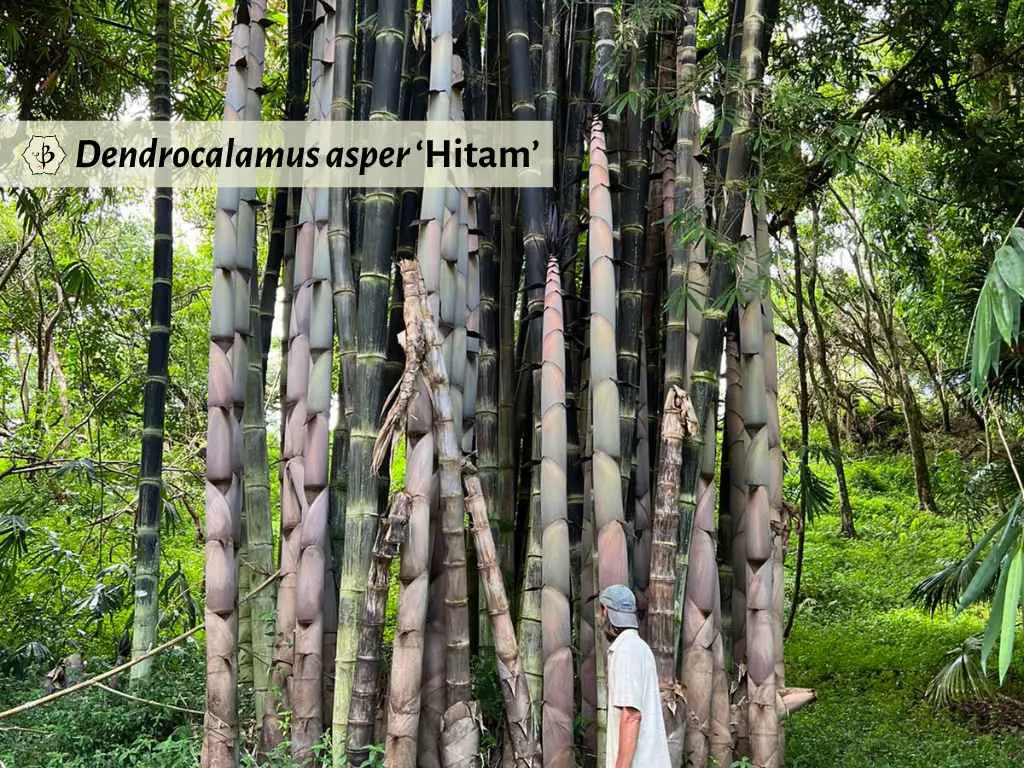
Dendrocalamus asper ‘Hitam’
An exotic subspecies of D. asper, ‘Hitam’ is an exquisitely attractive variety of black bamboo. Hitam means black in the Indonesian language. In other respects, the plant is pretty similar to the original species.
In Hawaii, this fabulous ornamental can grow 100 feet tall, but it won’t do so well in other parts of the US. In its native region of Java, it’s widely used for furniture and decorative building.
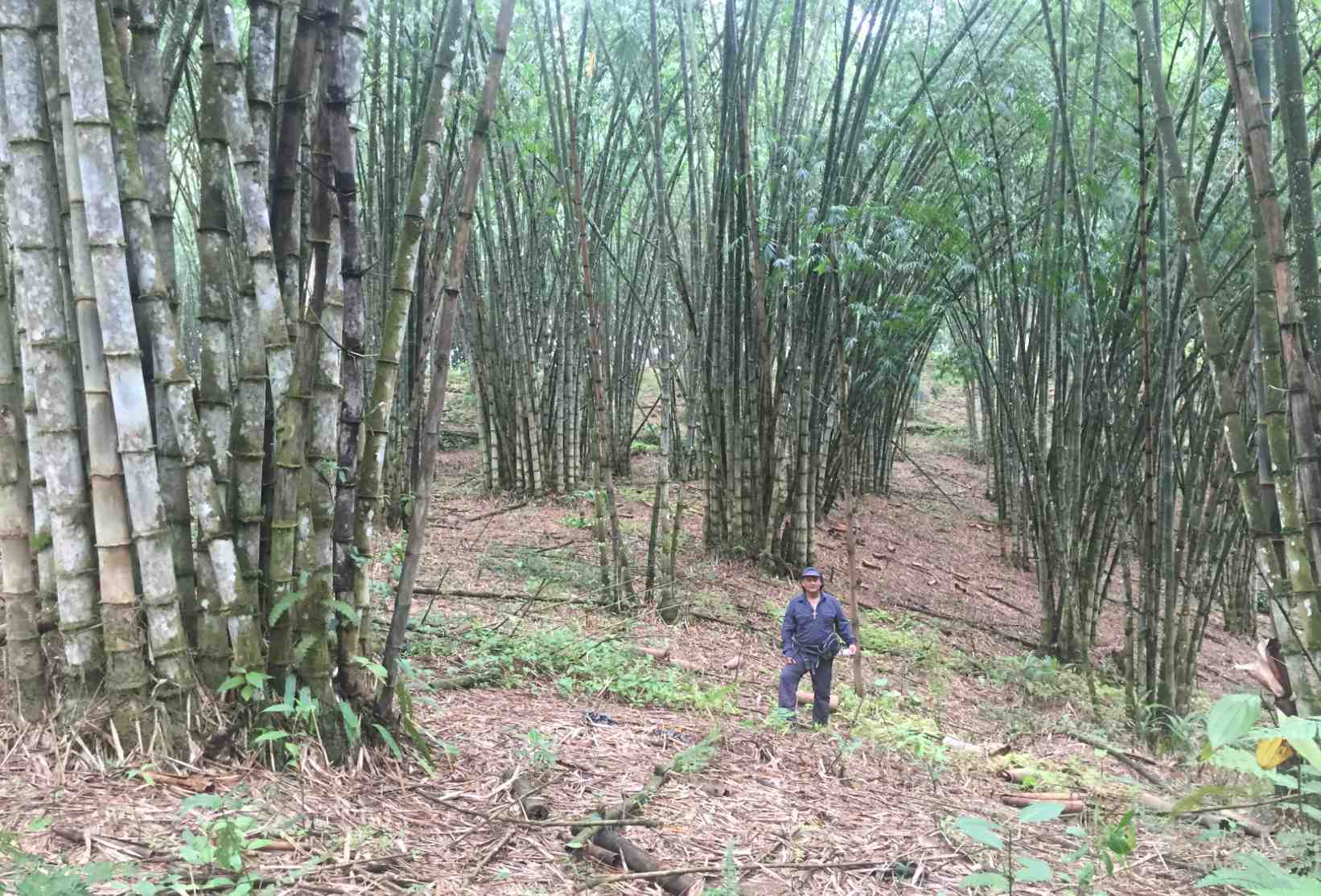
Asper vs Guadua: Clash of the bamboo titans
In terms of size and growth habit, Asper is more similar to Guadua angustifolia of Latin America. There’s something of a friendly rivalry between bamboo boosters as to which is the stronger species. But the fact that so many farmers are planting Asian Asper in South America and Africa, while hardly any are bringing Guadua to Asia, suggests that Asper has a far greater appeal.
One of the chief advantages of D. asper over G, angustifolia, as a commercial crop, is its edibility. Fresh shoots of Asper are a sweet and tender culinary product, while Guadua shoots are inedible.
Moso bamboo is also well-known for its tasty shoots, hence the botanical name Phyllostachys edulis. But this temperate bamboo species has a much different distribution. Farmers outside of Anji and Zhejiang (China) have found Moso a more difficult species to propagate.
In Southeast Asia and Indonesia, Asper’s more common rivals belong to the genus Gigantochloa. G. atroviolacea and G. atter are very widespread in Bali and G. apus is especially important in Java.
With its loose and open clumps, the poles of G. angustifoilia can be easier to harvest and manage. At the same time, however, the branches of Guadua can be very thorny, making them quite difficult and uncomfortable to work with.

Dendrocalamus asper in building and construction
Farmers and builders in Indonesia and Southeast Asia have long been aware of Asper’s superior qualities as a building material. The featured image at the top of this article shows some of the stunning, modern architecture from the Green School in Bali, built primarily with Asper. Giant poles with thick culm walls lend themselves to some majestic and durable structures in this tropical wonderland.
In addition to this rustic style of building with unprocessed poles, other pioneering bamboo builders, such as Bamcore and Indo Bamboo, are turning Asper into engineered bamboo lumber. These sophisticated materials have a more contemporary look and allow for larger-scale construction with standardized dimensions of beams and panels.
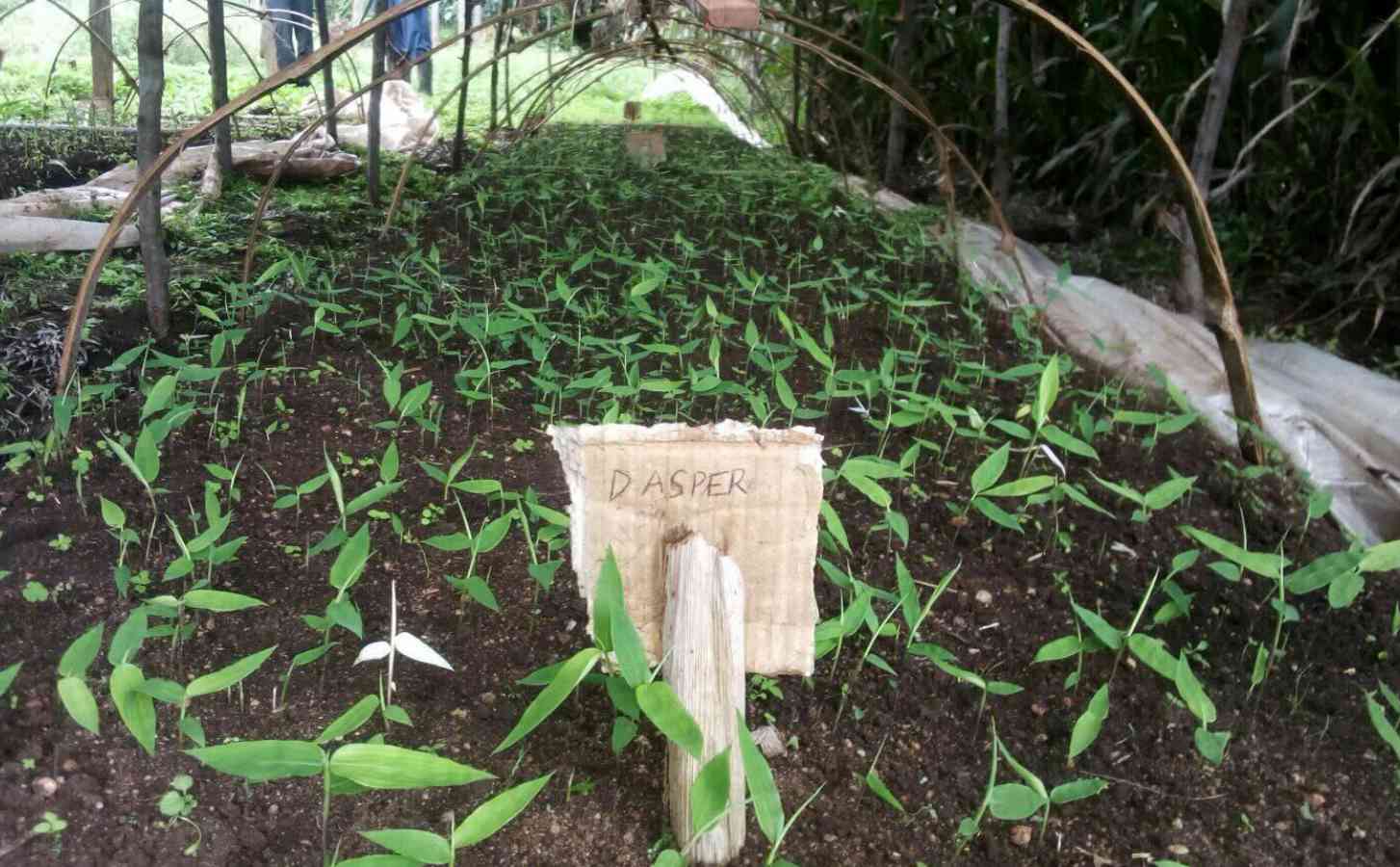
Cultivating Asper bamboo
In recent years, the impressive growth habit and structural properties of Dendrocalamus asper have made it an extremely attractive crop to farmers in tropical climates around the globe. The promising cash crop offers economic opportunities in these areas of the world where economies tend to be struggling.
You can now find plantations of Asper bamboo sprouting up in Kenya, Ghana, and Malawi, as well as Florida. Also in Ecuador, where giant Guadua bamboo is native, some farmers are turning to Asper as an appetizing alternative.
While it takes several years for these giant timber bamboos to reach maturity and produce full-sized canes and poles, the edible shoots are available within the first couple of years. This makes bamboo farming a more appealing prospect in places like Florida, where land is expensive and investors want a quicker return on their investment.
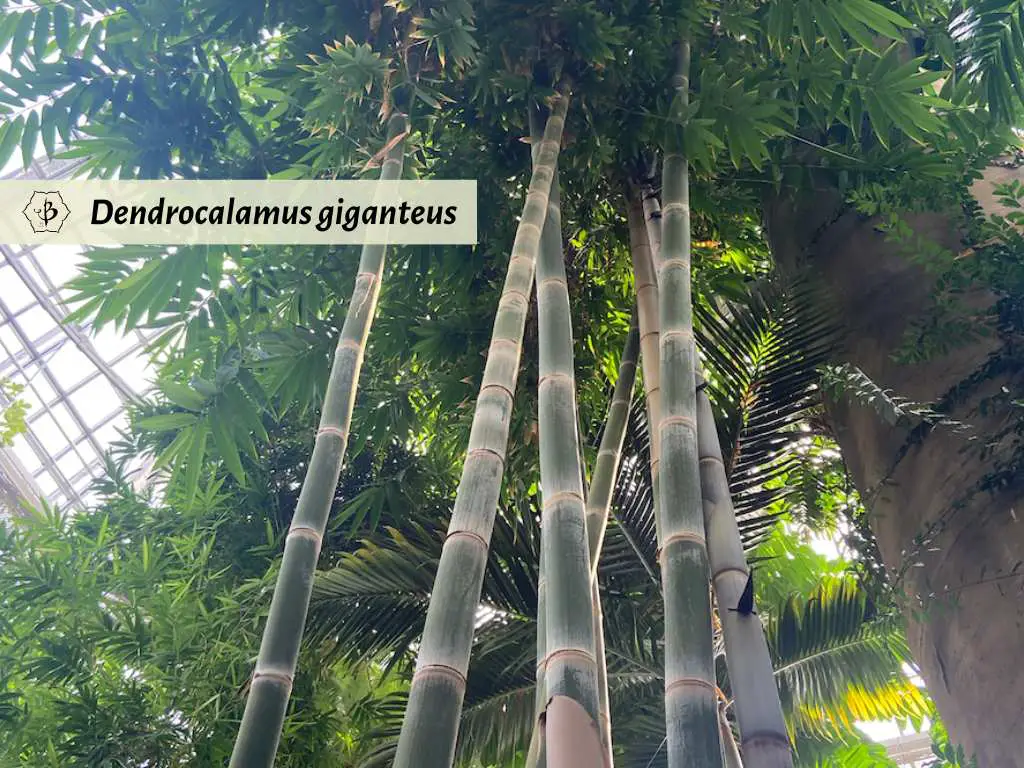
A word about flowering
When planting large areas of bamboo, it’s important to be familiar with the flowering patterns of the species. D. asper flowers gregariously, with cycles ranging from 50 to 100 years. If you are growing from clones, the age of the mother plant will directly affect the time of flowering. It’s critical, therefore, not to rely on cuttings from older plants that may already be approaching their flowering time.
See our detailed article about Bamboo Flowering Cycles.
Follow the dragon and capture the gold
If you liked learning about Dendrocalamus asper and want to know more about bamboo cultivation and bamboo industry around the world, take a look at some of these other in-depth articles.
- Best bamboo for building and construction
- Bamboo plantations in Asia
- Farming bamboo in Kenya
- Bamboo and reforestation
FEATURED IMAGE: Mighty culms of Dendrocalamus asper, with distinctively rough nodal joints, in Thailand. (Photo by Fred Hornaday)

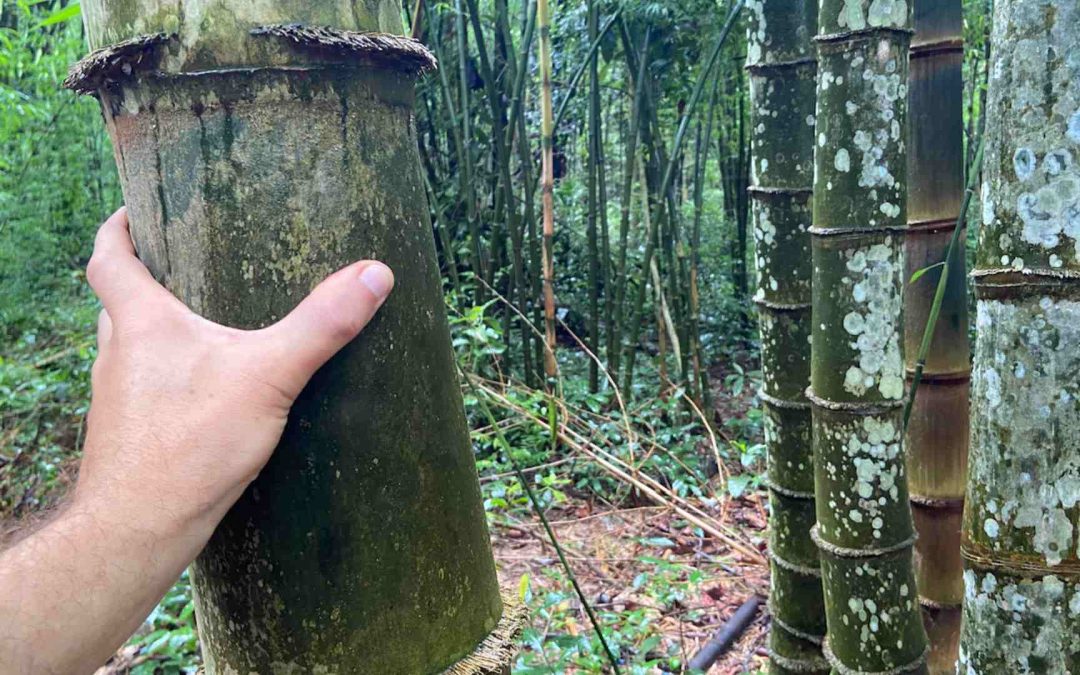
























excelente
I have been researching bamboo, intensively, since I bought my Florida property 4 months ago.
You are easily the world’s authority with the plethora of information you disseminate. Thank you very much!
Now, my property of about 70 acres is outside Pensacola, FL and I want to plant big grass. I’m leaning toward Asper, Moso and Madake(for esthetic).
I think I have a decent size break of Arundundia Gigantea (about 100x400ft) but juries out on the ID (hopefully you can help).
Predominately I am planting for income but do have some screening purposes. I understand from another affectionado that he has a 95% success rate in sewing Moso. Please share you thoughts with me.
Cheers to all your passion and the incalculable value you are too what may be the staple, cash crop, of our future.
Thank you, Nelson. Asper is an impressive tropical bamboo. It will survive in Pensacola but I think the occasional winter frost will prevent it from achieving anything close to its full potential. I don’t know who told you they have 95% success with Moso in Florida, but I’d love to see photos. Most of Florida is more suitable to sub-tropical bamboo varieties, such as Bambusa.